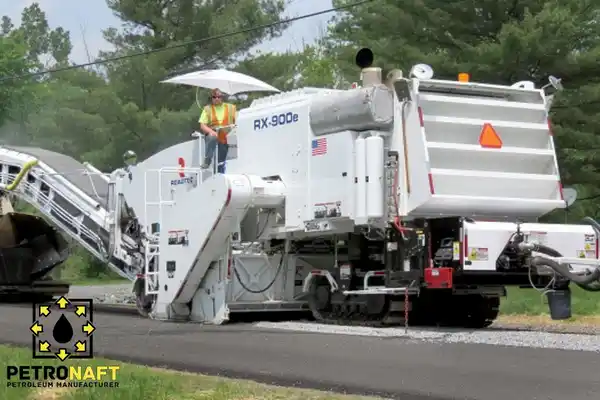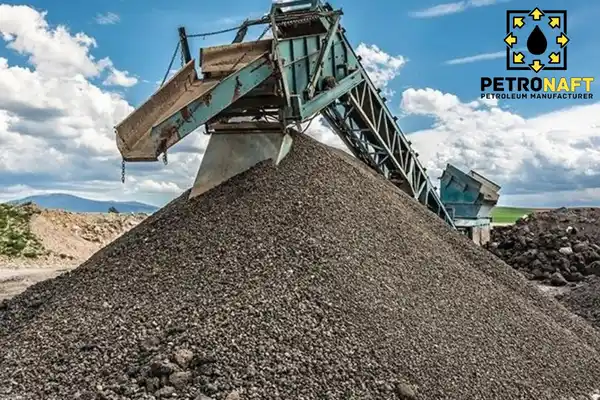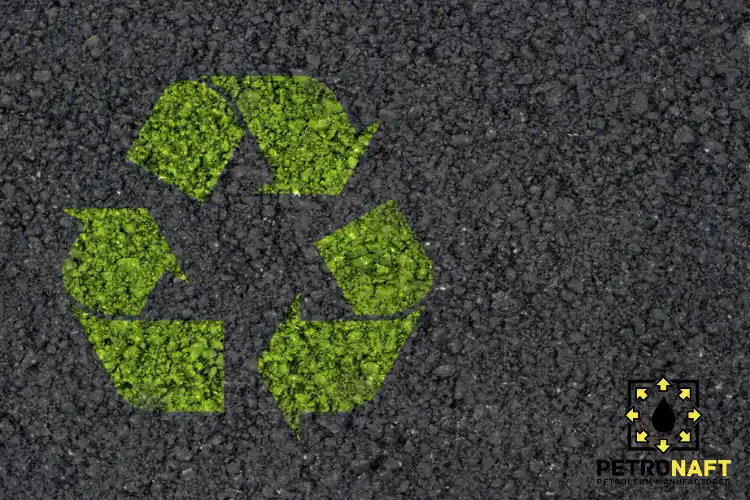The Emergence of Asphalt Recycling in Modern Construction
Asphalt Recycling has emerged as a game-changer in the modern construction landscape. By reutilizing existing asphalt materials, it creates a cycle of reuse that significantly reduces the strain on natural resources and minimizes waste production. This innovative approach not only contributes to cost savings but also promotes environmental sustainability. In the following sections, we will take a closer look at the processes involved in asphalt recycling and how it’s reshaping the future of road construction.
Content Overview
It’s important to ensure the material is high-quality for future use:
When removing old pavements for asphalt recycling, it’s crucial to be careful to ensure that the material removed is of high enough quality for future usage. Material testing might provide important information prior to removing the old pavement. To determine the material qualities and the quantity of material that will be removed, core samples should be drilled and extracted. The following sequential phases are involved in the mixture design and evaluation of recycled asphalt suitability:
- Use existing pavement cores for drilling.
- Draw from accumulated planning or a different reliable source.
- Ascertain the penetration of the binder and composition.
- Binder penetration acceptance/rejection.
- Material homogeneity, accept or reject.
- Pick a useful specification.
- Decide on the amount recovered.
- Establish the grading of the new aggregate.
Tearing up and smashing pavement:
Using a road profiler, which can remove 25 to 50 mm of pavement surface for surface layers down to full-depth pavements of up to 400 mm, is milling. Although there is a danger of contamination from sub-base/subgrade layers, deeper removal may necessitate stronger excavation methods. The procedure that allows for a more selective removal than a full-depth removal is called “profiling” or “milling.” Additionally, it is simpler to let traffic flow throughout the removal phase when utilizing the profiling approach. The size of the slabs, lumps, or blocks formed when the pavement is removed—a byproduct of the pavement type—determines the sort of re-use acceptable for the material. The slabs taken from the road should not be larger than 1.0 x 0.7 x 0.4 m if the material will be crushed. In the Renofalt asphalt regeneration process, the recycled asphalt lumps are crushed to a grade of 0 to 40 mm, then steam treated before the rejuvenation process. The recovered asphalt lumps break down due to changes in temperature and moisture intrusion. The benefit of the Renofalt procedure over crushing is that the material is not broken, allowing dust to develop as a filler. The lumps should be smaller than 0.4 x 0.4 x 0.4 m if the asphalt regeneration is carried out using the Renofalt method.

In order to create well-graded, high-quality recycled asphalt from brittle, hardened, and old asphalt, it is required to remove the asphalt and smash it. Any pavement layer may be amended by adding new aggregates to new bituminous mixes that comprise recycled asphalt. However, it is advised against using recycled asphalt aggregate to make bituminous surface course mixes unless it has the high level of uniformity needed for such a mix. The amount of recycled asphalt that may be used in brand-new bituminous mixes depends on the uniformity and quality of the recovered asphalt as well as the kind of recycling facility. Although inclusions as high as 80 to 100% are possible, the normal amount of recycled asphalt to be used in new mixes is 10 to 30%. Recycled asphalt should be removed and then broken down into its individual layers. The new surface course and subsequent lower levels may be constructed using the higher-grade recycled material from the surface course. The material from the lower pavement layers cannot be utilized to build a new top layer since the lower pavement layers were made of inferior material. The addition of Gilsonite can also be effective in improving asphalt properties.
Accumulation of reclaimed asphalt:
When asphalt is removed from a road but is not immediately utilized, storing reclaimed asphalt is a crucial step in the asphalt recycling process. If considerable care is not exercised while storing the recycled asphalt material, the entire advantage of thorough material testing may be lost. It could be essential to create distinct stockpiles of materials obtained from various road sections, depending on the degree of variability discovered during testing. It is crucial to document every shipment as it enters storage, noting the kind and quantity of materials, the country of origin, and any unwanted contamination. While identification tests are being conducted, any batch that is contaminated must be kept apart. To avoid caking, which may happen when heated air is present, recycled asphalt pavement stockpiles should not be stacked higher than 3 meters. Sand should be spread over asphalt that will be used for regeneration, or it should be covered by a roof to keep water out. According to some studies, large heaps of recycled asphalt do not clump together, although it is nevertheless advisable to remove a 250–300 mm crust that may develop on the pile’s surface before asphalt recycling. To avoid the unintentional dumping of various forms of garbage, it is advised that storage locations or collection stations not be open to the public.

Recycling techniques for asphalt pavement:
Hot and cold asphalt recycling can be further classified into in-plant or on-site recycling. Heating the material—with or without the new mineral aggregates—to recycle the old asphalt results in a hot mix that is then applied to the ground. Materials for heat processing are either blended on-site or in a mixing facility. Alternately, the old asphalt that was generated by cold generation is broken down in a crusher and utilized as the new binder course or sub-base. A fresh mix may also include virgin aggregate and bitumen 60/70. Warm-mix recycling has gained popularity during the last ten years. The procedure is carried out in the plant and is quite similar to the hot processing technique, except it is done at lower temperatures—between 20 and 55 °C—than usual for hot mix recycling. The selection of the recycling method will depend on a number of factors, including:
- A good recycling proximity being nearby
- The kind, amount, and caliber of the RA.
- How many and what kind of impurities there could be in the RA.
- The time frame for completion of the project.
- The accessibility of a location for temporary storage of material before asphalt recycling.
- The new pavement must perform as specified by engineering.
Driving sustainably on highways:
To guarantee that there are no potentially dangerous components in the mixture, the environmental qualities of recovered materials must be taken into account throughout the asphalt recycling process. No hazardous or leaking components, or dust particles that might raise issues with air emissions. In the effort to find alternative materials for road building, the use of recycled asphalt is a courageous step toward sustainability, and, all other aspects considered, a noble one, provided there is excellent material quality control.
Purchasing from Petro Naft
For more detailed information and to purchase the product discussed in this article, please visit the dedicated product page below. Alternatively, use the various communication channels provided on our site to register your purchase inquiry or take advantage of our expert guidance.
Prepared by the PetroNaft Co. research team.

